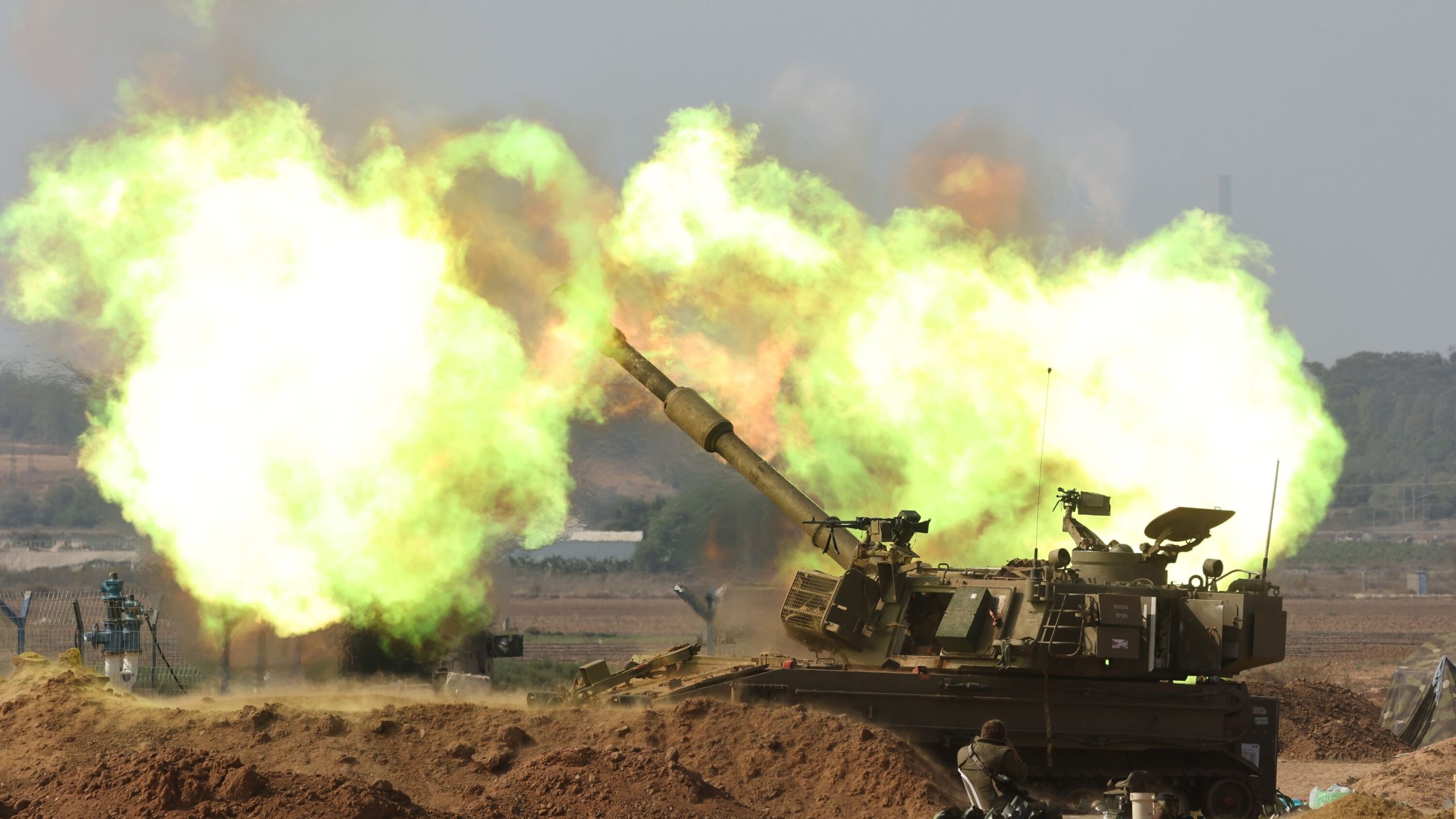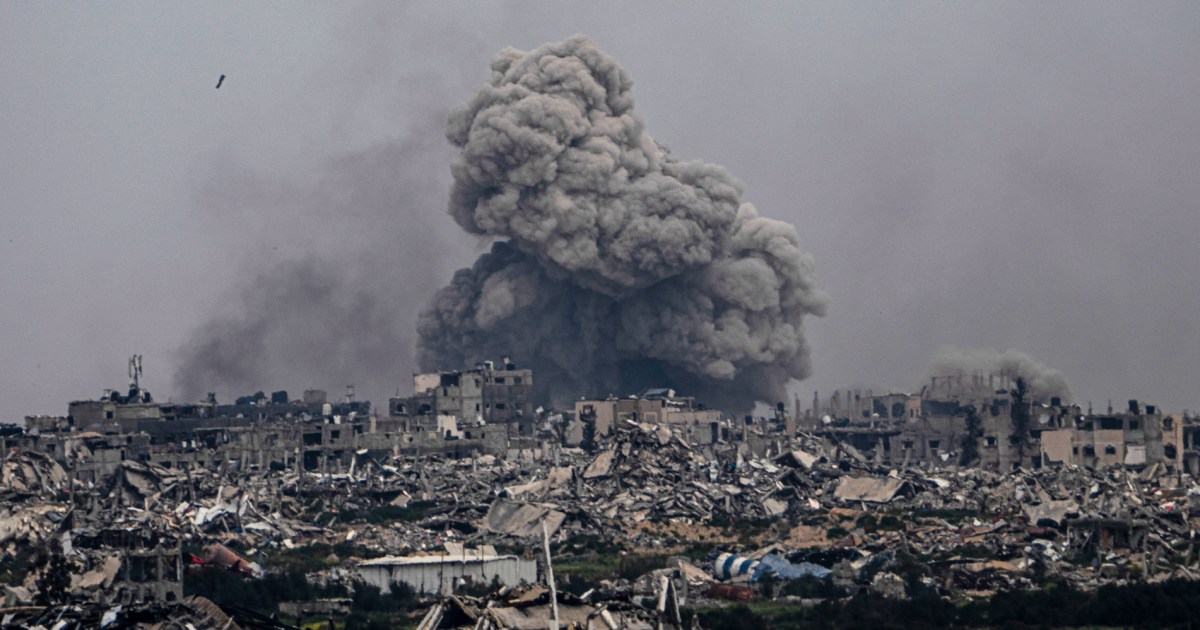Amidst growing international scrutiny of Israel’s conduct in the ongoing conflict, the United States has reportedly sent a fresh supply of bombs to Israel, contradicting public expressions of frustration by the Biden administration.
This delivery includes over 1,800 Mark 84 (MK84) 2,000-pound bombs and approximately 500 Mark 82 (MK82) 500-pound bombs, part of a weapons package approved for Israel years ago but only now being fulfilled. These bombs, though initially dumb, can be converted into precision-guided munitions with the assistance of guidance kits provided by the U.S. in the past, potentially leading to civilian casualties.
Despite assurances from Israel regarding the lawful use of American-supplied weapons, there is mounting criticism of Washington’s continued military assistance to Israel, especially amidst increasing civilian casualties in Gaza. Cease-fire negotiations between Israel and Hamas, though scheduled to resume in Cairo, have faced hurdles, with Hamas officials expressing reluctance to attend. Previous truces have failed to yield substantial progress towards a lasting peace agreement, and ongoing mediation efforts have stalled.

U.S. Sends More Weapons to Israel Despite Increasing Cease-Fire Demands (Credits; New York Times)
The United Nations Security Council recently passed a symbolic resolution calling for an immediate cease-fire, with the U.S. abstaining from the vote, drawing ire from Israel. However, the conflict persists, with the Biden administration’s frustrations over Israel’s military tactics being overshadowed by its ongoing weapon supplies. The toll of the conflict on Gaza has been devastating, with thousands dead, infrastructure destroyed, and the majority of the population displaced.
Recent military operations by the Israel Defense Forces (IDF) near Gaza’s main hospital, Al-Shifa, have further escalated tensions. The IDF claims the hospital is being used as a Hamas hub and has conducted raids in the area, resulting in civilian casualties. Amidst conflicting accounts of the events, concerns about the safety of civilians trapped within the hospital compound have been raised, compounded by delays in aid delivery and humanitarian missions.
The civilian toll of the conflict is tragically illustrated by the destruction of civilian homes, such as the Ajour family’s residence, and reports of civilian casualties resulting from strikes on hospitals and displaced persons’ tents. Meanwhile, aid efforts struggle to reach those in need within Gaza, with reports of malnutrition and starvation emerging. Despite these challenges, humanitarian organizations continue to mobilize, with recent efforts including maritime deliveries of food supplies.
In summary, the ongoing conflict between Israel and Hamas persists despite international calls for a cease-fire, with the Biden administration facing criticism for its continued military support to Israel. The humanitarian toll on Gaza’s civilian population is dire, with civilian infrastructure destroyed, casualties rising, and aid efforts hindered by the ongoing hostilities. As cease-fire negotiations resume and humanitarian challenges persist, the urgency for a sustainable solution to the conflict remains paramount.























